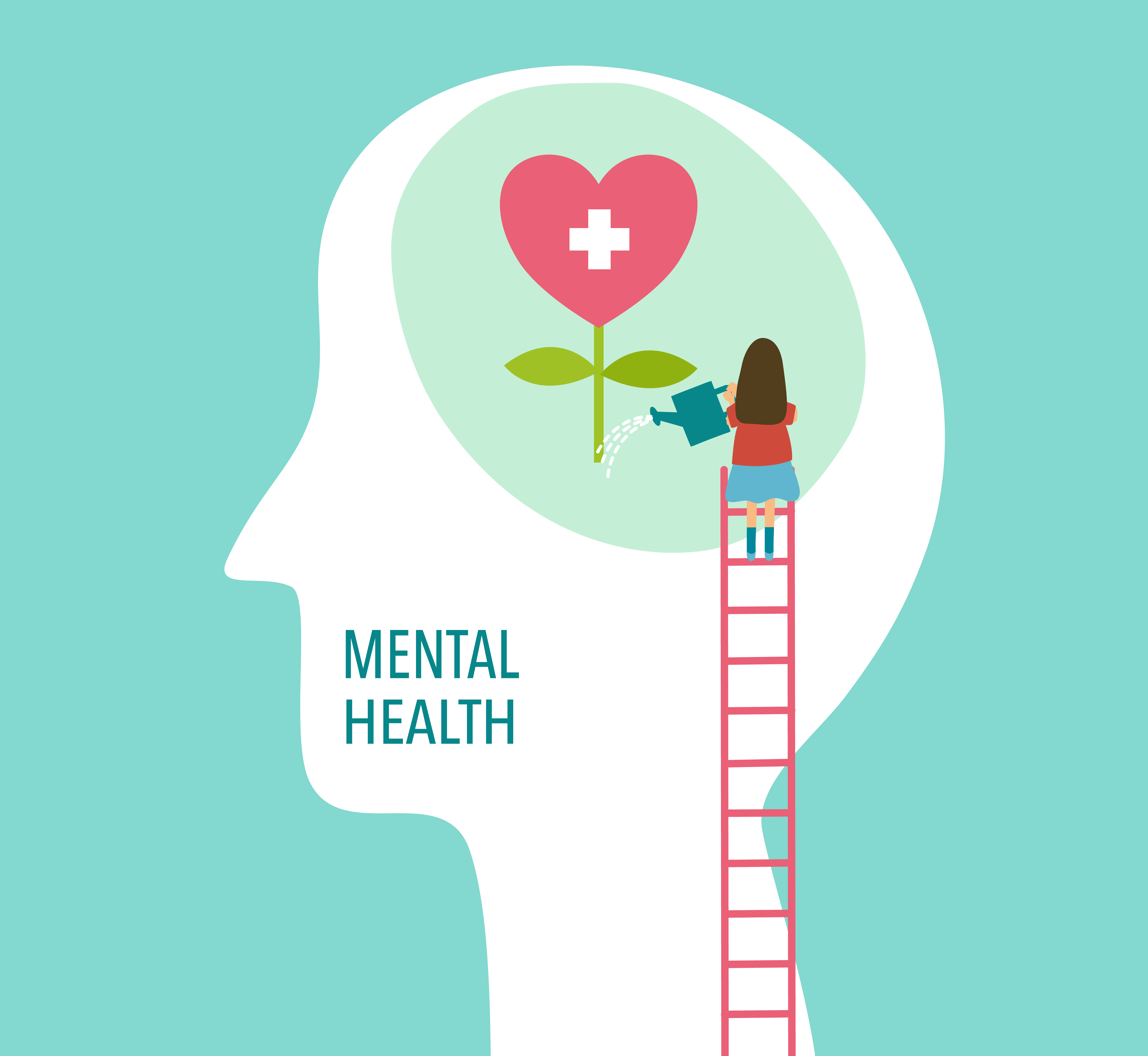Authors: AMSA Wellness and Student Life Action Committee, 2020-2021
Mental Health is Vital
Mental health is a vital component of our overall health. The WHO defines mental health as “a state of well-being in which an individual realizes his or her own abilities, can cope with the normal stresses of life, can work productively and is able to make a contribution to his or her community.” Before COVID-19, mental and behavioral disorders were an incredible burden in our society, accounting for 7.4% of the total disability adjusted life years in the world. In low to middle income countries, less than 30% of people with severe mental conditions used a mental health service in a 12-month span.
Mental Health and COVID-19
The COVID-19 pandemic has worsened our global mental health. National surveys in 2020 reveal a high prevalence of psychological distress: 35% in the People’s Republic of China, 61% in Iran, and 45% in the United States. WHO reports a three-fold increase in rates of depressive disorders in Ethiopia. Canada’s central statistical office reported 20% of the Canadian population, aged 15-49, has increased their alcohol consumption. A May 2020 survey found that 55% of Amercians reported their lives to be more stressful at that time when compared to January 2020.
Social Isolation and Mental Health
Worsening our global mental health is the increased social isolation due to the COVID-19 pandemic. Social distancing measures help prevent the spread of COVID-19, but care is needed so that people are not socially isolated. During quarantine, people experience a wide range of negative psychological effects including depressive symptoms, post-traumatic stress symptoms, anxiety and more. Social isolation and loneliness are consistently linked to worse cardiovascular and mental health outcomes. In addition, social isolation is a risk factor for suicide. There is particular concern that an epidemic of suicide will follow in the United States from the increased social isolation, coupled with the widespread access to firearms.
Instead of using the term social distancing, we should refer to this practice as physical distancing to emphasize that people do not need to be socially isolated. There are low-risk ways to socially connect with people, whether through phone calls or video chat, or by both wearing masks in-person. We have seen youth connect with older adults who are isolated or in long-term care facilities, whether by running errands on their behalf or contacting them by phone. There is also a plethora of online support groups to build emotional support, encourage social connectedness, and promote mental wellbeing.
Economic Uncertainty and Mental Health
The COVID-19 pandemic has also brought in economic uncertainty, which is detrimental to mental health. Unemployment is associated with symptoms of distress, depression, anxiety, subjective well-being, and suicide. In a United States national survey, 38% of households reported either a lost job or reduced income. Those who lost jobs or had reduced income were more likely to exhibit depression, anxiety, and have a higher pandemic-specific emotional distress score. A Kaiser Family Foundation poll also showed that 26% of those who lost income or employment had major negative impacts on their mental health compared to 15% of those who did not have lost income or employment. Attention needs to be drawn to those economically affected, especially as the global economy is forecasted to worsen.
Mental Health Services and COVID-19
Before the COVID-19 pandemic, mental health services were limited. In the Americas, the median spending for mental health is 2.4% of the government health spending, and in European countries, the average spending for mental health is 5% of government health spending. COVID-19 has further limited access to mental health services due to increased mental health issues, the barriers in meeting people face-to-face, increased number of infected mental health staff, and the conversion of psychiatric beds to beds for COVID-19 patients. In Madrid, Spain, the number of psychiatric beds were reduced by 60% to accommodate COVID-19 patients. For outpatient mental health services, patients are turning to telehealth. The shift to digital self-help and mental health services are effective and scalable. However, this leaves the elderly, rural, and low socioeconomic status patient populations at risk due to limited access or education with digital communications. In addition, group associations and community-based initiatives that bring people together have been restricted or halted altogether. COVID-19 has worsened the already inadequate access to mental health resources while emphasizing the mental health access disparities among various vulnerable populations. These group activities (senior citizens clubs, youth groups, dance and sport clubs, cultural programs, addiction support groups, and more) offer strong emotional support, purpose and a sense of belonging.
During July, AMSA Wellness and Student Life will be writing reports, highlighting wellness resources, and engaging in social media campaigns about wellness and mental health. This is especially relevant in light of COVID-19 as we have detailed. We will also highlight the unique struggles that underrepresented groups face regarding mental health, which is particularly relevant with July being Black, Indigenous, People of Color (BIPOC) Mental Health Month.

